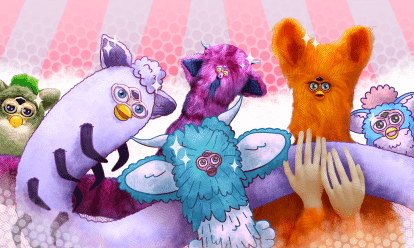
August 31, 2024
ReFurbishing An Icon: Long Furby Explained
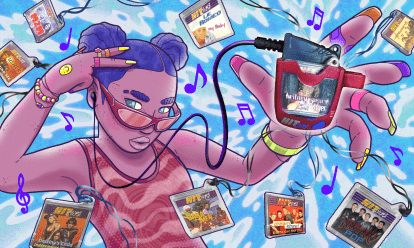
September 4, 2024
HitClips: The Bizarre Micro Music Player Tweens Loved
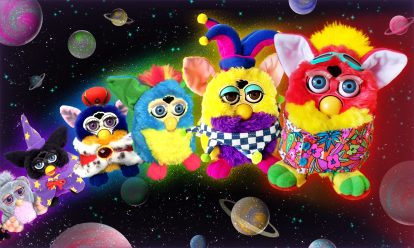
September 1, 2024
13 Rarest Furbies & What They Cost in 2024
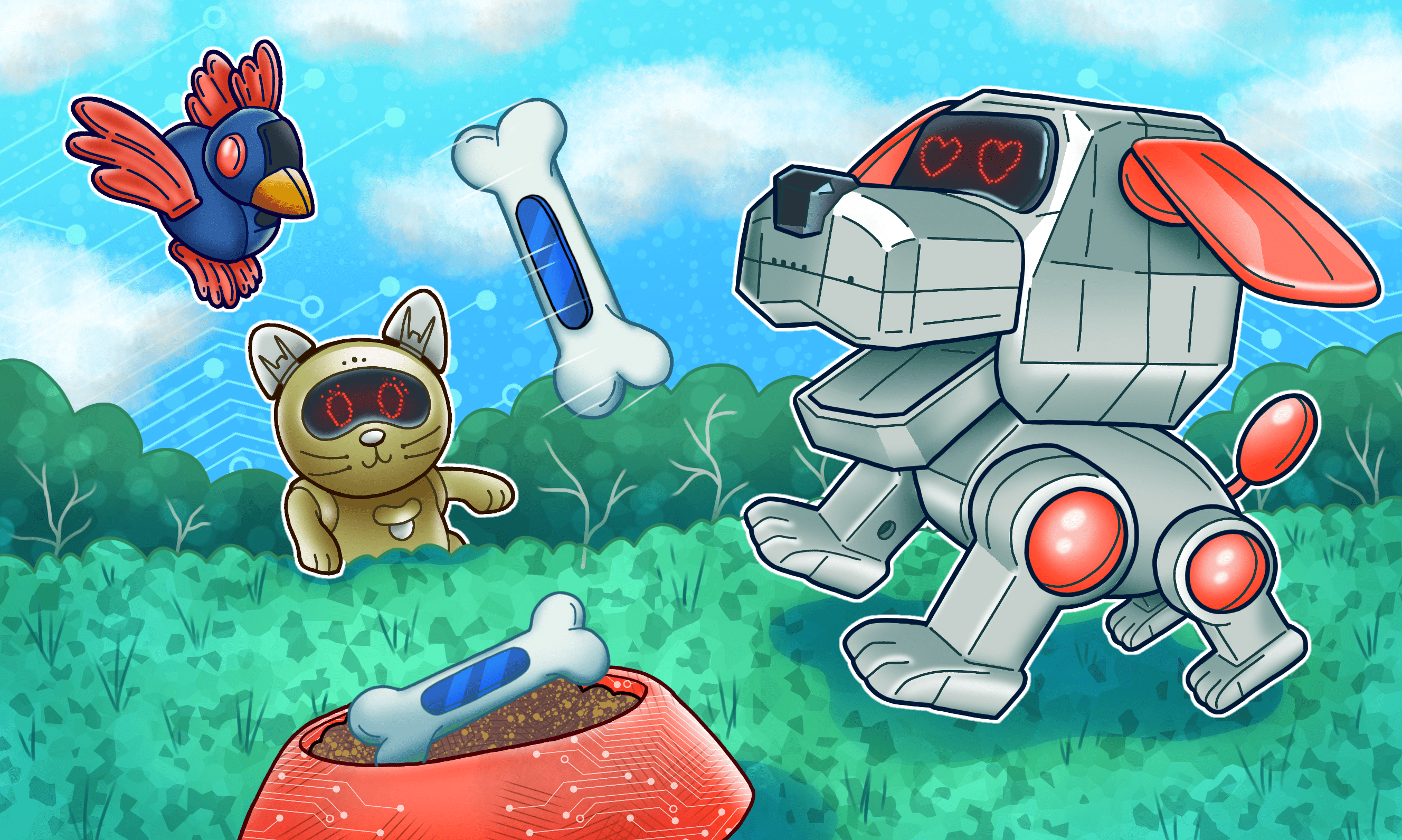
As fervently as scientists have tried to crack nuclear fusion, toymakers have tried to create the ultimate pet substitute for kids. By the turn of the 21st century, the new wave of ‘robotpet’ toys offered kids a companion they could talk to and play with, without all the messy responsibilities that came with a real pet. Out of all of them, Poo-Chi the robot dog is perhaps the most fondly remembered robotpet from this era. Join us as we look back at the Poo-Chi dog in all its robotic, pawsome glory.
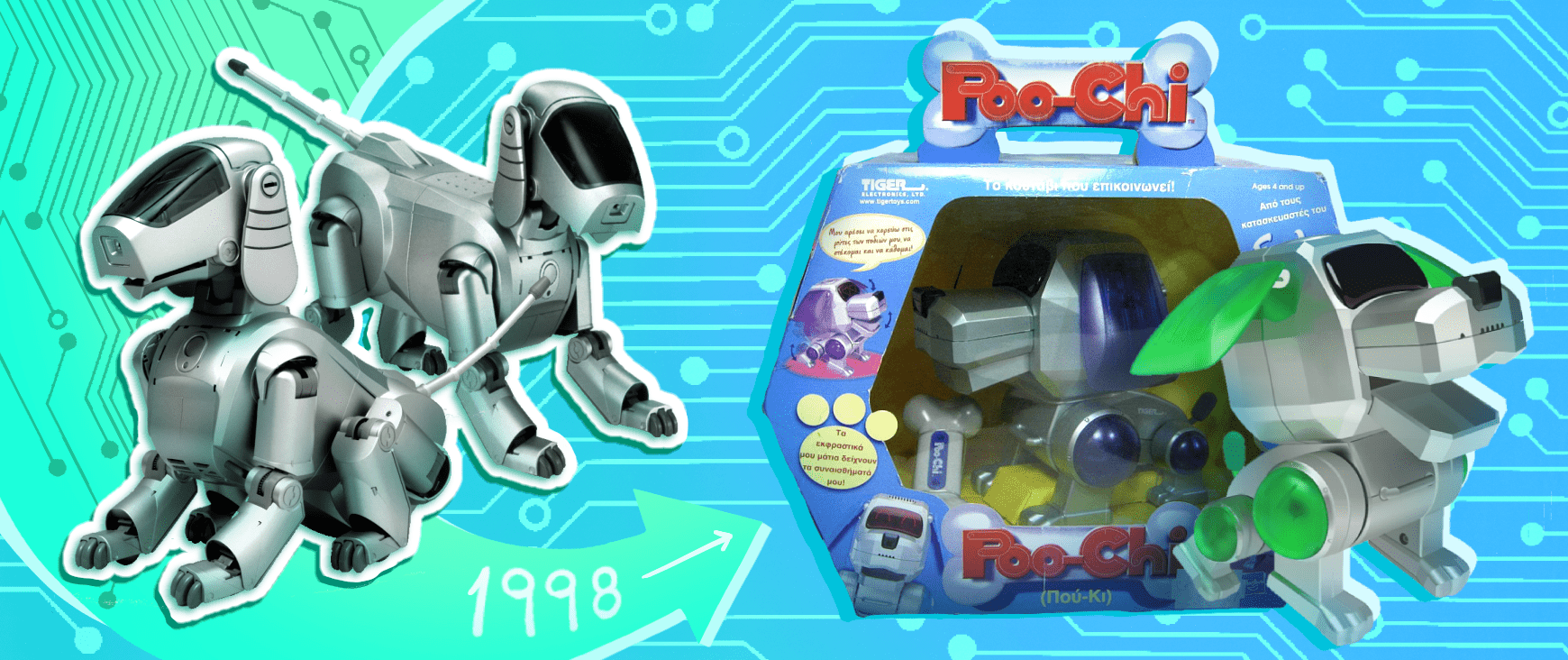
The Poo-Chi toy first came out in April 2000. Since this is only four months into the new millennium, a lot of people misremember Poo-Chi as a 90s robot dog toy. As big fans of the decade, we wish we could say this little guy was an authentic robot dog from the 90s!
However, the interactive puppy did compete with a real 90s robot dog – AIBO. Created by Sony in 1998, AIBO was more advanced but also much more expensive. At the time, a brand-new AIBO cost $2400, while a Poo-Chi puppy was selling for only $24.99 in the US. You just can’t beat that value!
As far as Robopet toys went, AIBO was the superior being. Still, Poo-Chi was beloved by far more kids thanks to its much more attainable price point, which is a real victory for any toy (or dog, for that matter).
Poo-Chi was designed by Samuel James Lloyd and Matt Lucas and distributed by Tiger Toys (A subsidiary of Hasbro more commonly known as Tiger Electronics). This company affiliation is why good old Poo-Chi is also (confusingly) known as the Tiger Electronic dog. Despite being known as a Tiger Toys product, the Robopet was actually manufactured by Sega Toys, which also handled distribution in Korea and Japan.
The Poo-Chi toy from Tiger Electronics was made with a very distinct aesthetic. Rather than having a solid gray body like other Robopets, this little guy’s initial release had colorful leg joints that came in a purple, pink, blue, or green colour.
Little is known of what inspired the creation of the toy, but we do know it was released at a critical time for Hasbro’s sales. The Furby craze had cooled off a lot since it began in 1998, and their Star Wars-branded merchandise and toys weren’t flying off of shelves as they had been a few years before. The combined effect of decreased interest in two of the company’s biggest sellers led Hasbro to an 80 percent decline in sales for the second quarter of 2000.
Thankfully, Poo-Chi arrived to save the day!
The interactive puppy was a massive success, selling 10 million units in the first eight months of its release – not bad for the little robo-chi pet!
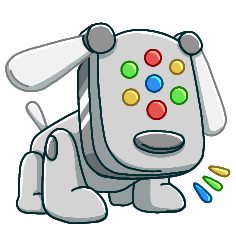
Fact
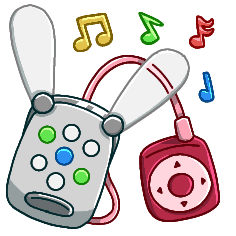
Sega Toys was responsible for manufacturing Poo-Chi, but they also developed and released their own Robopet model several years later – the iDog that was produced from 2005 to 2009. Sega Toys set their iDog apart from Poo-Chi by making it light up and dance along with music.
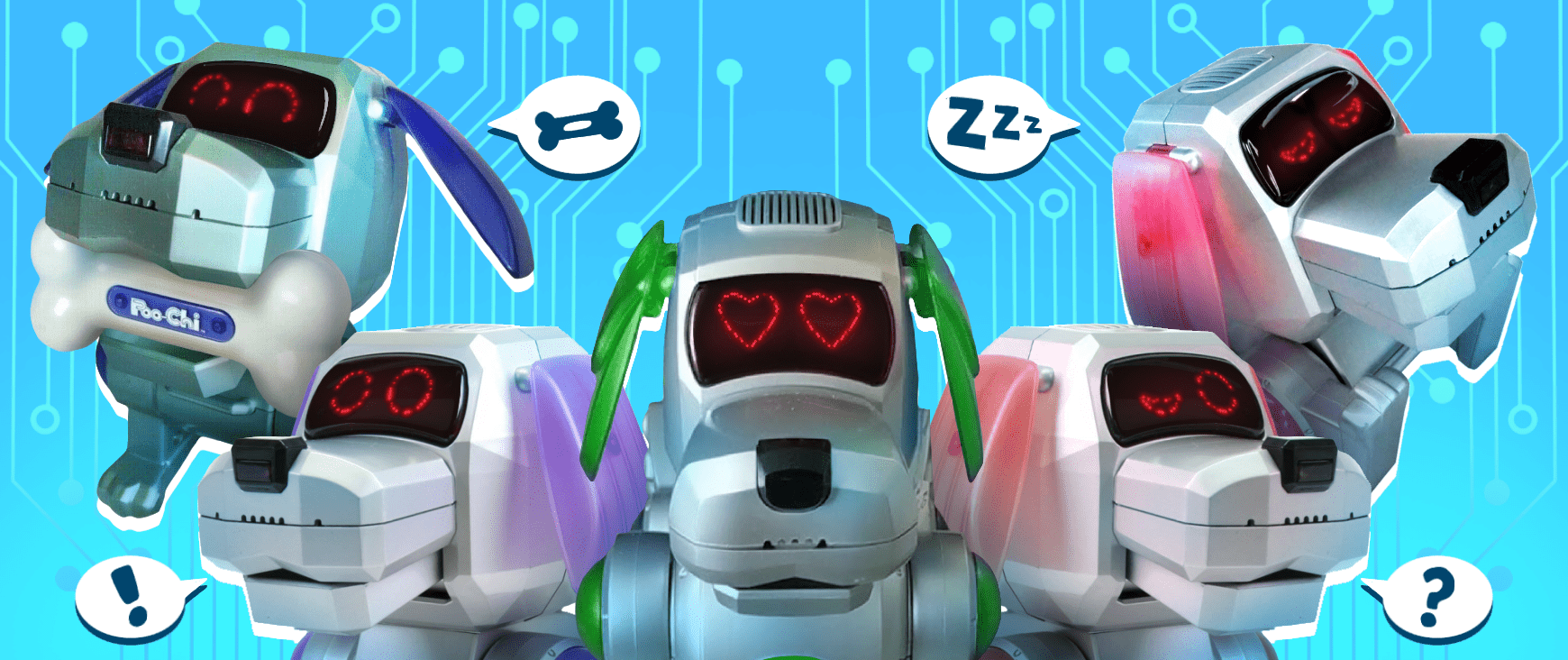
Like his organic cousins, Poo-Chi thrives on being played with, and you can tell if he is happy or sad by looking at the LED display used for his eyes. With a mixture of lights, sounds, a light sensor, and a touch sensor, Poo-Chi would respond to how you played with him, but he was always a little unpredictable – which we think adds to the realism.
One advantage Poo-Chi had over real dogs is that he could sing songs out of the box! There were six different songs Poo-Chi could sing, including Camptown Races, Wedding March, and even Beethoven No 9! Poo-Chi spoke and sang in high-pitched beeps and boops rather than more realistic dog sounds, but that was also part of its charm.

However, it wasn’t all fun and games. Like a Tamagotchi, Poo-Chi needed to be cared for! Feeding him was simulated by holding his special interactive bone in front of his mouth, which would cause him to wag his tail and emit a chewing sound. Also, if you didn’t interact with him for several minutes, he would start snoring and eventually fall into a deep sleep.
Poo-Chi operated on a ‘biorhythm’ with eight levels from sad to super happy. As you engaged the interactive puppy, he would move up to the next level. At level eight, he would sing special songs you couldn’t get if you neglected him. Moving up these eight levels of interaction is basically how you ‘win’ at the toy, but for most owners, it was about the journey and not the destination.
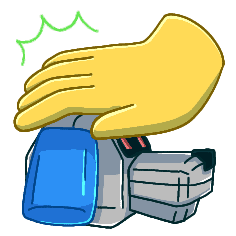
Fact

The actual process of getting a Poo-Chi toy to sing was a little… involved. First, you had to activate the light sensor in the interactive puppy by covering its nose with your hand, and then you had to tap its head quickly to put it in "singing mode". You could then tap the head again one to six times to select a song.
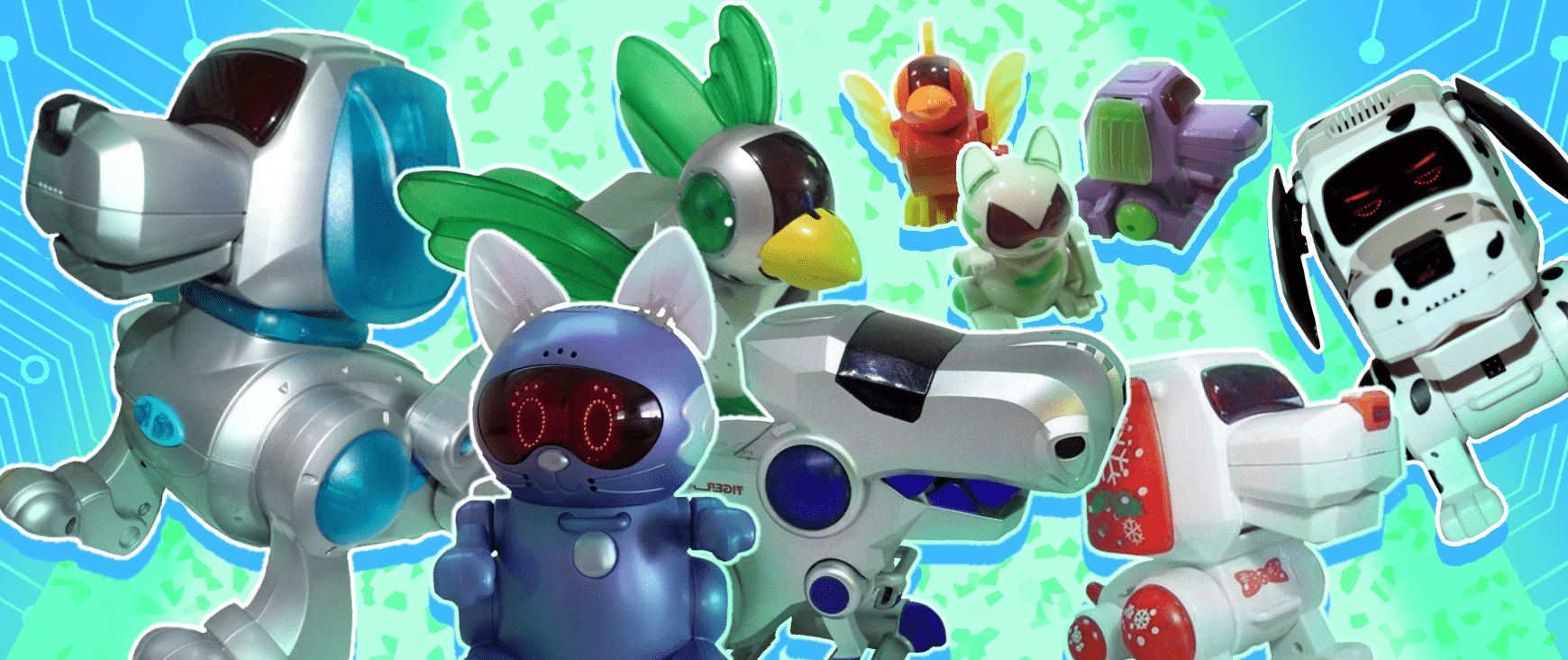
Mere months after Poo-Chi’s release, it was clear that Poo-Chi was the ulti-mutt electronic dog toy of the 2000s, and several other models were created.
The Super Poo-Chi was advertised as an upgraded version of the original toy. Other than being much a larger version, Super Poo-Chi could be trained with voice commands like “sit” and “lie down.” Like the loyal pup he is, he would only respond to his owner’s commands. Depending on how happy he was, he could also interact with another Super or original Poo-Chi.
Eventually, Sega Toys also started to manufacture other Robo-Chi with appropriately simple names. This included versions of Poo-Chis resembling different animals, like a cat (Meow-Chi), a bird (Chirpy-Chi), a freakin’ dinosaur (Dino-Chi), and more. For the animal-averse robot lover, there was also Petal-Chi – the robot flower. Why anybody would buy that over Meow-Chi or Dino-Chi is beyond us, but it’s nice to have options.
Miniature versions of these electronic pets, including Poo-Chi himself, also joined the ranks of classic Happy Meal toys in 2001.
For a limited time, there was also a Christmas Special Edition Poo-Chi. Leading the pack in festive robot dogs, he had a signature red and white snowflake design and special Christmas music included with his original lineup. Since he was only available for a few months, this special edition Poo-Chi and its seasonal box has become a collector’s item.
There was also a tie-in with the 102 Dalmatians with three Poo-Chis specially designed to look like the characters Domino, Little Dipper, and Oddball from the movie. Due to their limited availability, these pups have also become coveted collector’s items.
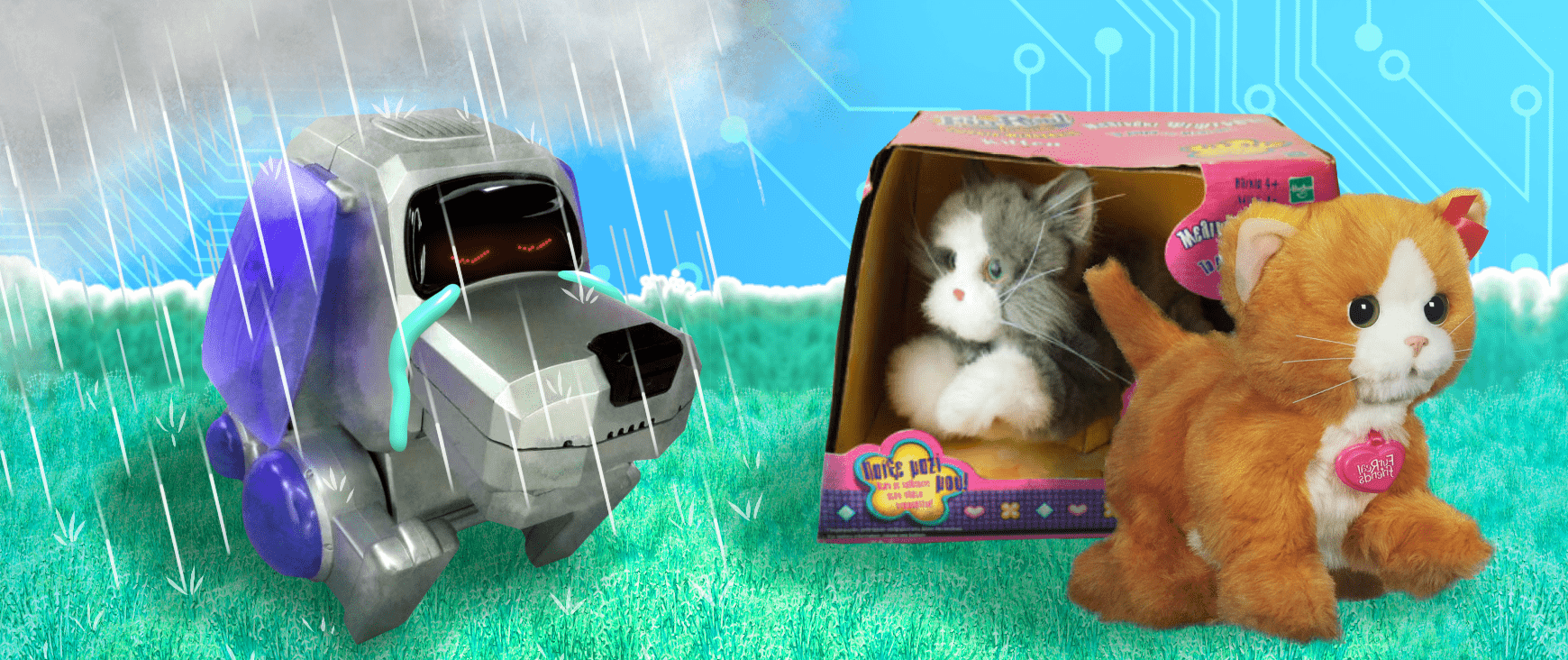
Sadly, Poo-Chi stopped selling in 2002 to make way for Hasbro’s new line of robopets called ‘FurReal Friends’. The main difference between the two lines is that FurReal Friends are covered in fur, and had more gimmicks – like the ability to speak or… poop.
While the FurReal friends are still popular today, they just don’t have the same charm as Poo-Chi.
That fur is just… uncanny.
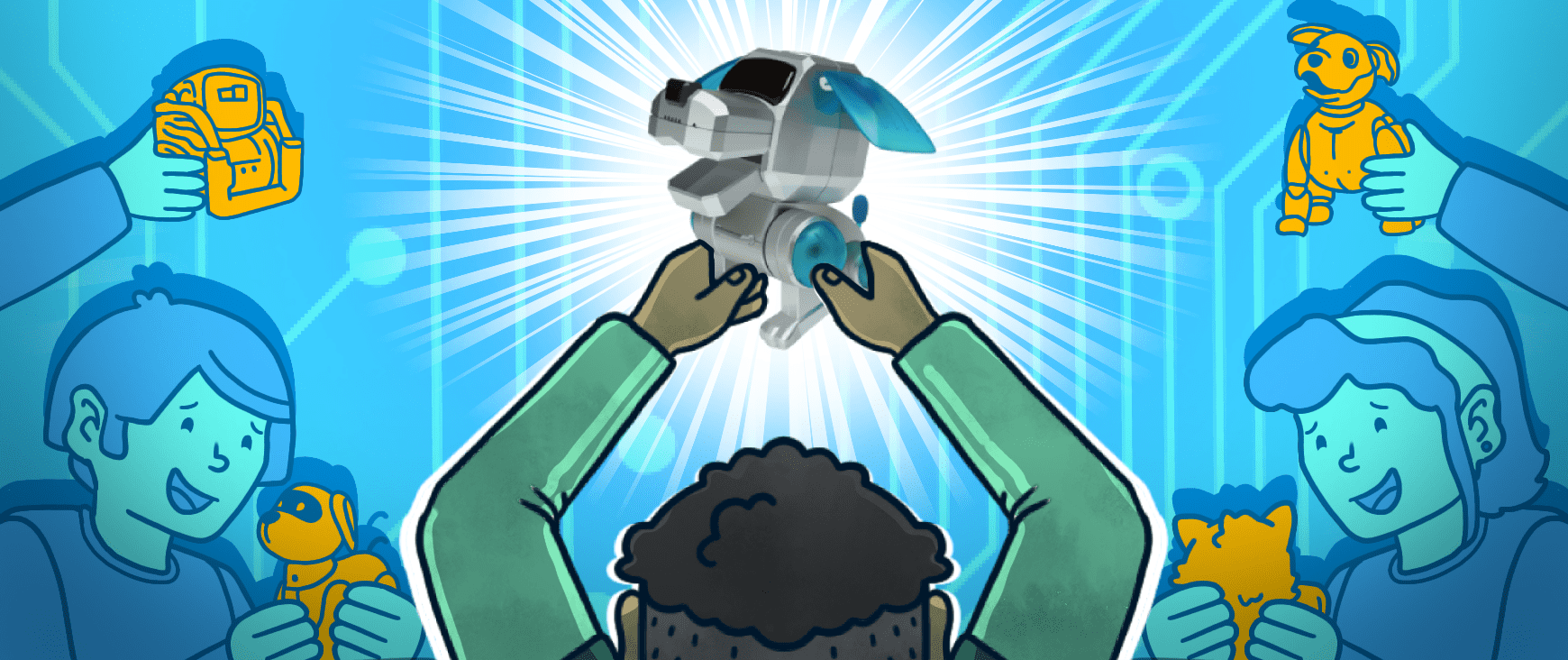
While the Poo-Chi toy is no longer being made, he definitely showed that there’s a market for affordable robotic dog toys for kids. Thanks to advances in technology, there’s a wide range of robot dog toys out there today with way more functionality than Poo-Chi ever had – many with the ability for kids to program them to perform certain actions. One of the modern versions of Poo-Chi – the Bitzee Interactive Digital Pet – even goes for more exotic creatures as pets, like unicorns! It also kind of splits the difference between a physical robopet and a Digimon, the true 90s pet sensation that we wrote all about here.
There are also cheaper options, which even more closely mimic Poo-Chi by being packaged with a bone, singing songs, etc.
For more nostalgic content like Poo-Chi and the other robopets, make sure you follow Rediscover 90s Toys on Instagram, Pinterest and our other social media pages. We’ll always keep you updated there, and how else will you get your daily hit of nostalgia?!
This article may contain affiliate links. If you use one of our links to make a purchase, we may earn a commission.
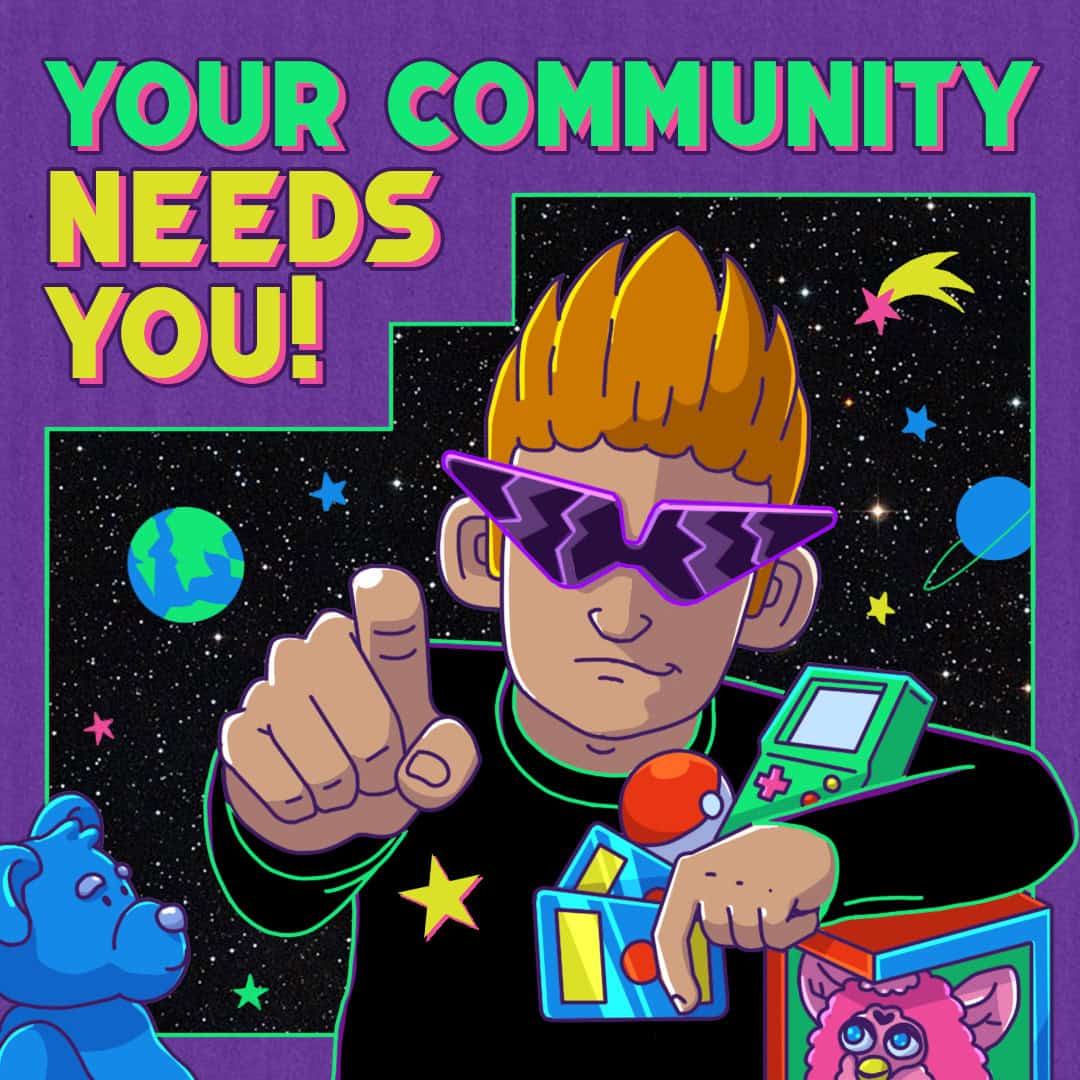
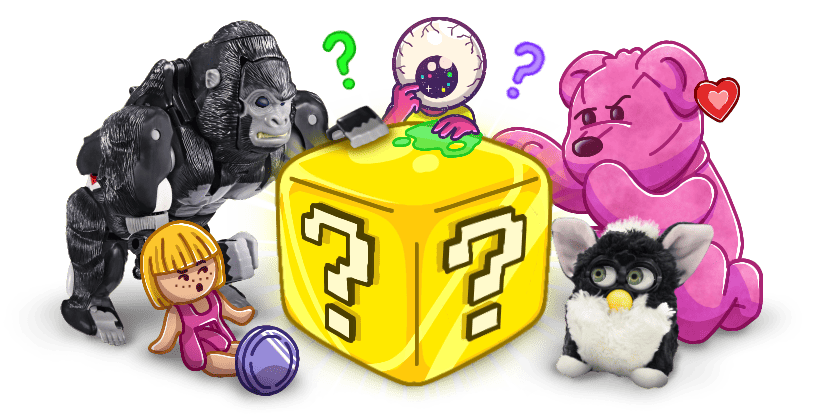
Like any vintage toy, the cost of a Poo-Chi today depends on whether it’s still sealed in its original packaging and, if it’s not, what condition it is in. On eBay, a sealed Poo-Chi can sell for between $50 to $100 or more, depending on its rarity.
To sum it up, you interact with him by either pressing the button on his head, loudly clapping, or passing your hand over his nose (activating the light sensor). There’s a little more complexity behind certain actions (like getting him to sing), but it’s designed to be simple enough for a child to use.
Sony’s AIBO was the first robot dog to become commercially available in 1998.
It depends on how you define realistic – no robot dog has been created that actually lives and breathes like a real animal, but some have become very sophisticated in recent years. Boston Dynamic’s Spot is very advanced and eerily lifelike in its movement but is more of a utilitarian robot that resembles a dog and isn’t meant to be a companion. The Kickstarter project Tombot is for a robot dog that’s meant to look, feel, and behave close to a real dog so it can act as an emotional support animal.

Lee is curator of nostalgia and a long-time collector of loveable junk. An 80s baby, 90s kid, he knows he had it good when it came to Saturday morning cartoons. Spends his life trying to recapture the dopamine hit of playing Game Boy for the first time and believes Beanie Babies will make a fortuitous comeback. Obsessed with everything (and anything) retro, he is your trusted guide to a world of 90s toys, games and collectables.

Check it out!

August 31, 2024
ReFurbishing An Icon: Long Furby Explained

September 4, 2024
HitClips: The Bizarre Micro Music Player Tweens Loved

September 1, 2024
13 Rarest Furbies & What They Cost in 2024